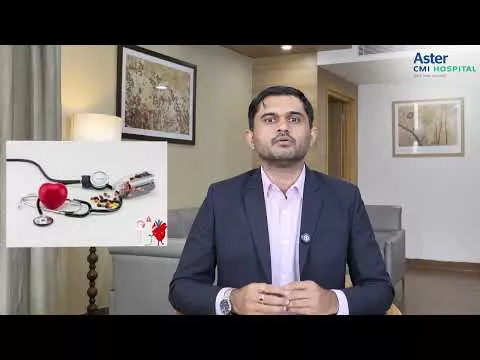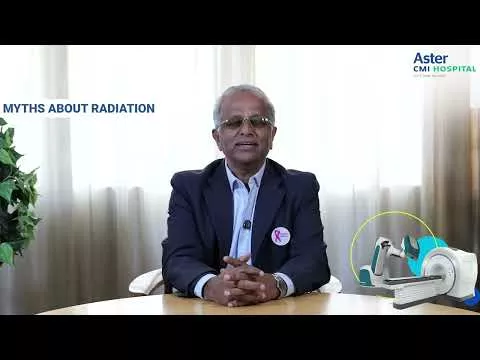Percutaneous Transluminal Coronary Angioplasty (PTCA) is done under local anesthesia and involves manipulating a catheter under fluoroscopic guidance to the opening of the coronary artery, following which a thin guidewire is threaded across the blockage in the vessel. Subsequently, a balloon is tracked over the wire and inflated to push the blockage to the sides and pave the way for good blood flow. A stent is then deployed there, which acts as a scaffold to prevent recoil and vessel closure. A Drug-eluting Stent also delivers a drug locally for 2-3 months so that re-blockage can be avoided. Such advanced procedures are often performed by an experienced cardiologist in Kochi Kerala who specializes in interventional cardiology.
These procedures could be simple or complex. Complex angioplasties are technically challenging, take more time to perform, may have lesser success rates, consume more dye/contrast, result in more radiation to the patient and the cathlab personnel, utilize more hardware and are more expensive. The factors that determine the complexity of a procedure could be a) clinical or b) anatomical. Patients often prefer undergoing such procedures at a reputed heart hospital in Kochi Kerala where advanced facilities and expert care are available.
Clinical factors that make an angioplasty complex include elderly patients, patients with other severe diseases of the lungs, kidneys, liver, etc, obese patients, emergency presentations with heart attacks, patients with reduced pumping of the heart/heart failure, sick patients with abnormally low blood pressure and/or abnormal cardiac rhythms, etc.
Anatomical features resulting in complex angioplasty include multiple blockages, long lesions, severe calcifications, blockages of the left main coronary artery, blockages involving bifurcations/trifurcations (branch points), chronic total occlusions, lesions with a lot of blood clots, etc.
Achieving consistent success rates in complex angioplasties is possible. The infra-structure of the cathlab should be good with the availability of all interventional tools including different types of guiding catheters, guidewires, balloons, rotablation, intravascular ultrasound, Intra-aortic Balloon Pump, etc. Skilled cathlab technicians and nurses with experience in dealing with such complex procedures are a must. Experienced operators and support from anaesthetists hold to the key to success in these challenging subset of cardiac patients. Meticulous techniques must be followed to ensure successful angioplasty. Since these procedures are done with significant risk, surgical back-up is essential in case of emergencies, which is why choosing a trusted cardiology hospital in Kochi Kerala ensures better safety and outcomes.





